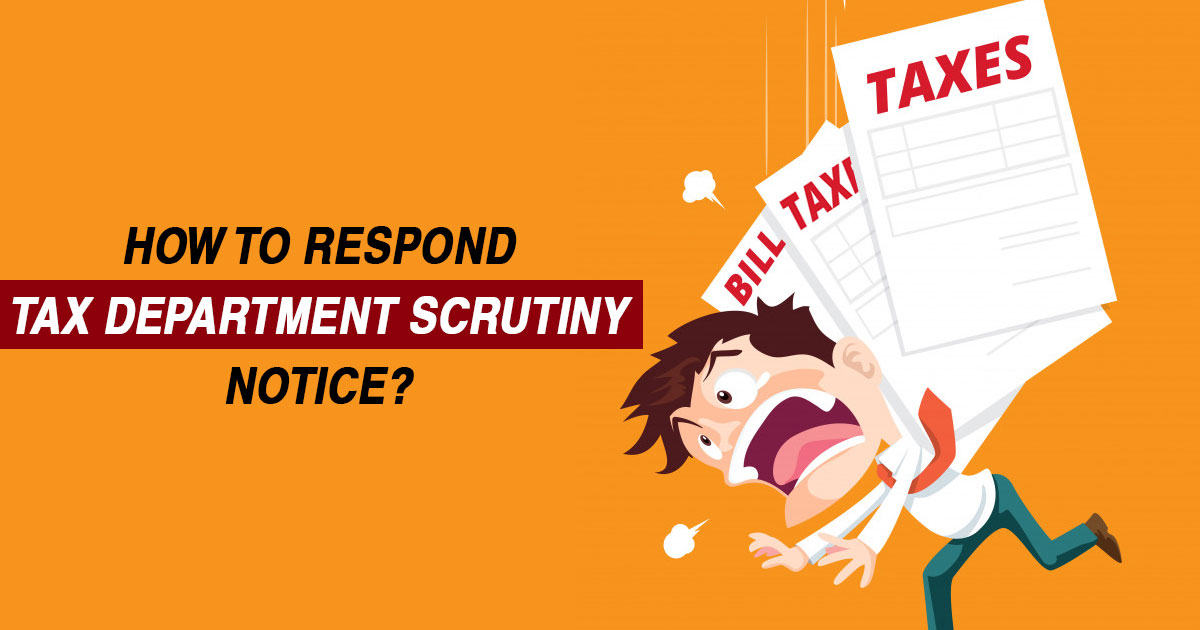
Some Reports state that a notable decrease has been noticed in the number of Income Tax Returns (ITR) picked up for scrutiny. Besides the percentage, there is no exact number of such cases, but expert believes that better data collection and digging deep into details are the two key factors that play a huge role in this improvement.
In this matter, Parizad Sirwalla, partner and head, of global mobility services, and tax at KPMG India said: “This may have been possible as the government has increased its sources in collecting relevant data from various sources such as tax deducted at source on cash transactions, memorandum of understanding with other government departments to share information”.
Sources also reveal that the Tax department has been paying attention to strengthening its data mining process, keeping track of more and more transactions (especially cash and high-value transactions).
It may reduce the number of tax scrutiny notices but it actually increases the chances of you getting a security notice. It is part of that data mining process because you will receive these notices if and only if the department wants more details of certain transactions.
Shilpa Bhatia, director of direct taxes, at AKM Global, a consulting firm said “Some of the taxpayers who have reported capital gains are getting scrutiny notices from the tax department asking for more details regarding these transactions.”
This is just one example, there is a variety of provisions under which the department can issue security notices. So before explaining how to deal with them, we have to look into types of scrutiny notices first.
What is an Income Tax Scrutiny Notice?
The Income-tax department is liable to issue Income tax Scrutiny notices, It can be issued up to 3 months from the end of the FY regarding the income tax return (ITR) filed by You or the Taxpayer. With the Scrutiny notice, the department may ask for details regarding certain transactions. The issues of such notices are the result of a random check or some deliberate attempt to crosscheck transaction details and they will be issued under a particular section or clause and will clearly highlight the reason for scrutiny. It is a chance provided to the assessee to verify his/ her income declared along with the losses, expenses, deductions, and exemptions mentioned in a financial year’s ITR.
Different Types of Income Tax Scrutiny Notice
There is some computer-based system for choosing ITRs for scrutiny. When the department selects an ITR for scrutiny, the person will receive a notice under Section 143(2) of the Income-tax Act, 1961.
The purpose of issuing a scrutiny notice is to initiate a revenue audit process on the tax return filed by the taxpayer so it can be ensured that the taxpayer has not underpaid tax in any way.
Limited Scrutiny
CASS which is an acronym for computer-assisted scrutiny selection comes into play in this type of scrutiny. There are some predefined sets of parameters and based on them, ITR for the scrutiny will be automatically chosen by the Computer and then by the department. These notices will highlight the particular area of the field which needs some sort of supporting documents.
Complete Scrutiny
As explained by Sirwalla, “A complete scrutiny will be undertaken on the return filed and all supporting documents. The cases will be flagged based on CASS. As the scope of scrutiny is not limited, the assessing officer can verify various aspects of the tax return filed for a particular assessment year along with supporting documentation”.
Manual Scrutiny
A few cases were selected for full scrutiny as per prior defined guidelines/ norms or criteria by the Central Board of Direct Taxes. These criteria may vary every time.
Re-assessment
These notices get issued when AO or Assessing officer believes that one of the incomes was not checked/ assessed/ verified by the department and there is a need to re-open the assessment.
Time Duration for Issue of Scrutiny Notice
The income tax department can issue notice u/s 143(2) of the Income-tax Act up to three months from the end of the financial year in which the tax return is furnished.
How to Deal with Scrutiny Notices of Income Tax Department?
These notices are not something you can afford to take lightly so must respond to them on a timely basis. As Shilpa Bhatia said “If a person fails to comply with the scrutiny notice, the assessing officer can resort to best judgment assessment under Section 144 of the Act, wherein the assessing officer can compute the income of the taxpayer based on his best judgment. In addition to it, a penalty of ₹10,000 under Section 272A is also applied”.
Read Also: A Full Guide to Scrutiny Risk in I-T Audit Reports in India
Sirwalla in this matter said that “in such cases, a higher taxable income may be assessed vis-à-vis income reported in the tax return resulting in additional tax and interest payable”.
Best Way to Respond to the Tax Scrutiny Notice
In case, if notice is related to limited scrutiny then the taxpayer has to provide details of particular assets, details something as date of purchase, cost, source of funds, etc. The notice will also have the date by which all the required details need to be submitted.
First of all, don’t panic, go through the notice, and make sure to respond to such notices before the due date. To help taxpayers and make everything easy, the government has introduced an e-proceeding facility thus you can submit responses through online mode directly. You can also take the help of a chartered accountant to respond to it.